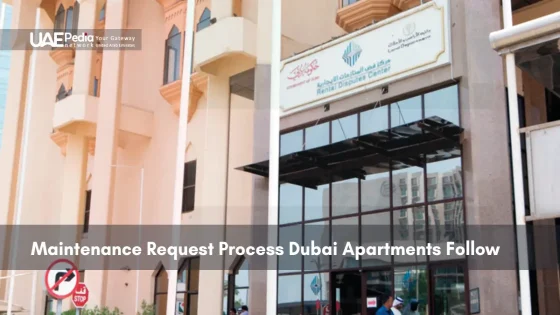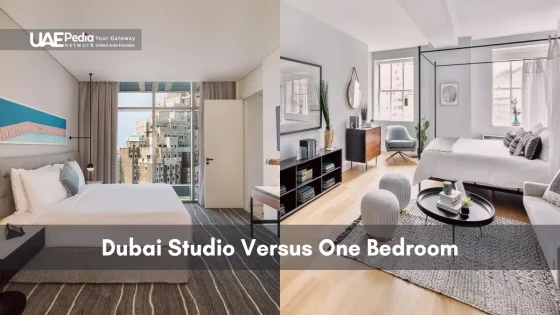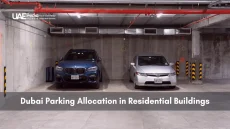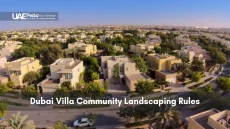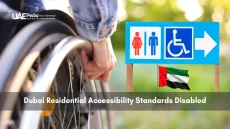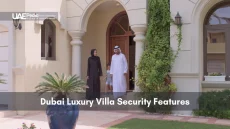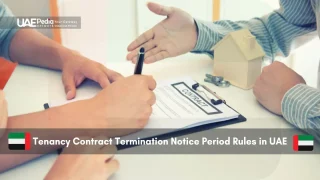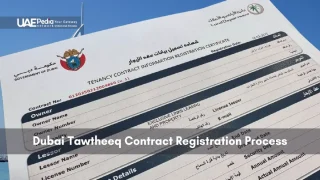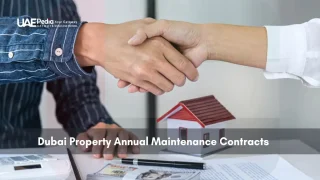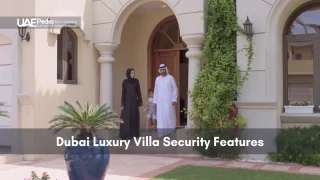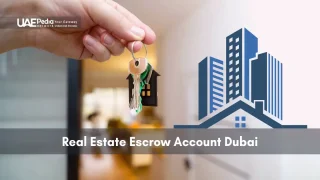What if the next big shift in global real estate isn’t in New York or London—but in a desert metropolis reimagining urban living? Dubai’s skyline, dotted with cranes and crowned by the Burj Khalifa, tells a story of ambition even the boldest investors are racing to decode. “Dubai isn’t just building homes—it’s crafting tomorrow’s skyline today,” notes industry expert Johan Hajji, pointing to neighborhoods like Downtown Dubai and Palm Jumeirah as magnets for international buyers.
This year, fresh property law reforms and residency incentives are turning heads. Think golden visas for long-term investors and tax-friendly frameworks that make the Emirates a playground for forward-thinking portfolios. But what’s fueling this momentum—and how can you navigate it?
We’ve mapped everything from waterfront developments to sustainable community projects shaping the next chapter. Whether you’re eyeing a sleek downtown apartment or a villa steps from the beach, the data reveals opportunities (and a few curveballs) worth exploring.
Here’s what you’ll uncover:
- How iconic neighborhoods are redefining luxury living
- Why policy shifts are drawing global attention
- What emerging patterns mean for your next move
Current Landscape of the UAE Housing Market
While global markets waver, Dubai’s real estate sector is painting a different picture altogether. Waterfront hotspots like Dubai Marina and Palm Jumeirah saw property values jump 12% last year, fueled by high-net-worth buyers snapping up luxury units. “We’re not just selling apartments—we’re curating lifestyles,” says a developer reshaping Jumeirah Bay Island. With rental yields hovering near 6%—outpacing many Western cities—investors are taking notice.
Overview of Market Developments
Government moves like 10-year residency visas and business-friendly regulations are rewriting the rulebook. Deloitte reports a 23% surge in off-plan sales since 2022, with projects like Emaar’s Creek Harbour selling out phases in hours. Want proof? Transaction volumes hit $82 billion last year—a record high since 2017’s peak.
Global Investment Impact and Key Locations
International cash flows are reshaping skylines. Downtown Dubai remains the crown jewel, but eco-conscious real estate funds are pouring into Dubai Sustainable City’s solar-powered villas. Statista notes a 41% increase in Asian investors since 2023, drawn by tax perks and Expo 2020’s upgraded infrastructure. From family offices to digital nomads, everyone wants a slice of this sun-soaked pie.
uae housing market trends 2025: Key Drivers and Forecasts
Picture this: solar-powered villas outnumber gas-guzzling cars, and 10-year residency visas arrive faster than your morning karak tea. Dubai’s blueprint for 2025 blends bold policy moves with tech-driven eco-communities—and the numbers are staggering. “We’re witnessing a perfect storm of incentives and innovation,” shares Johan Hajji, pointing to Deloitte’s forecast of 18% annual growth in sustainable property transactions by 2025.
Golden Tickets & Green Blueprints
Long-term visas and tax breaks aren’t just perks—they’re game-changers. Over 4,000 investors snapped up off-plan units in Q1 2024 alone, lured by reforms that let international buyers own property outright.
Where Desert Meets Digital
Expo 2020’s legacy lives on in smart districts like Dubai South, where AI-managed energy grids slash utility costs by 30%. Eco-warriors flock to The Sustainable City’s car-free zones, while tech hubs integrate blockchain for seamless transactions. Borrowing rates under 3.5%? That’s icing on the cake for families eyeing villas with built-in EV charging.
As one fund manager put it: “You’re not just buying square footage here—you’re investing in tomorrow’s urban playbook.” With waterfront values climbing and solar communities multiplying, the question isn’t if you’ll join this shift—but when.
Investment Opportunities and Real Estate Developments
Imagine strolling past cafés where cranes outnumber palm trees—this is Dubai South, an emerging hub where AED 1.2 million villas sell faster than gold-plated lattes. Savvy investors split their focus: chasing quick wins in vacation rentals while planting seeds in tomorrow’s growth corridors.
High-Yield Sectors and Emerging Areas
Downtown Dubai’s luxury towers still command 7% rental yields, but the smart money’s eyeing “hidden gem” projects like Sobha Hartland’s waterfront residences. One developer confides: “Buyers who grabbed units here in 2022 have already seen 22% value jumps—we’re sold out until Phase 3 launches.” Meanwhile, Dubai South’s Expo-linked infrastructure lures tech firms, pushing studio prices 18% below downtown averages.
Short-Term Rentals vs. Long-Term Appreciation
A Marina penthouse nets AED 1,800 nightly during peak season—enough to make any investor swoon. But seasoned players balance flashy Airbnb returns with steadier plays. “That same property could gain 40% in five years if Dubai Creek Harbour’s expansion hits targets,” notes a broker managing 300+ units. New tax rebates for long-term leases sweeten the deal for patient portfolios.
Here’s the playbook: scoop Dubai South plots before metro lines arrive, then use rental income to fund a Downtown pied-à-terre. As one fund manager grinned: “Why choose between today’s dirhams and tomorrow’s skyline when you can have both?”
Comparative Insights: Residential and Commercial Performance
While skyscrapers grab headlines, the real story lies in how homes and offices are racing toward different futures. Residential sales surged 19% last year compared to commercial lease volumes, which grew at a steadier 8% pace. “Buyers want sun-drenched balconies, while businesses hunt for smart workspaces,” explains a broker juggling both markets.
Residential Market Projections and Value Trends
Mortgage rates below 4% are fueling a family-home boom, with villa prices in communities like Arabian Ranches climbing 14% since 2023. Recent analysis shows off-plan residential transactions now account for 63% of sales—a record high. Meanwhile, commercial spaces thrive near new metro lines, where infrastructure upgrades slash commute times.
Government initiatives tilt the scales: 10-year visas boost buyer confidence, while tourism’s rebound fills hotels and retail hubs. Over the next three years, residential values in growth corridors could outpace commercial rents by 2-to-1 margins. One developer notes: “We’re building schools before office towers in Dubai South—that tells you where the demand is.”
Here’s the twist: commercial yields still edge out residential (6.2% vs 5.8%), thanks to tech firms snapping up flexible workspaces. But with mortgage accessibility improving and family-friendly developments multiplying, the homefront remains where most bets land. As infrastructure projects like the Route 2020 metro extension unfold, both sectors ride the same wave—just different boards.
Practical Tips for Investors and Homebuyers
Navigating Dubai’s property scene feels like deciphering a treasure map—here’s how to spot real gold. Start by diving into quarterly market reports from trusted sources like Dubai Land Department. These documents reveal which neighborhoods outperform others, whether you’re eyeing sleek apartments or spacious villas.
Research Like a Pro
Verified developers matter. Check their completion rates and past project performance before signing off-plan deals. One consultant advises: “Always budget 8-12% extra for registration fees and community charges—they sneak up faster than desert sandstorms.” Compare mortgage rates across three banks minimum, and explore the property owner visa perks if long-term residency aligns with your goals.
Team Up with Location Whisperers
Local agents fluent in areas like Palm Jumeirah or Dubai Creek Harbour become your compass. They’ll flag upcoming metro expansions affecting prices or warn about buildings with maintenance disputes. “A great agent doesn’t just show homes—they decode the city’s hidden rhythms,” shares a broker who helped clients avoid 17% cost overruns last year.
Remember: Your perfect home isn’t just about today’s view. It’s about tomorrow’s potential. Pair sharp research with boots-on-ground expertise, and you’ll build equity while sipping karak tea on your private balcony.
Final Thoughts on the Future of UAE Housing Market Trends for 2025
As dusk paints Dubai’s skyline gold, investor confidence glows brighter than ever. Deloitte’s forecast of 18% annual growth in sustainable property deals mirrors Statista’s data showing a 41% surge in global capital flows. From solar-powered living in Dubai Sustainable City to waterfront leaps at Creek Harbour, the blueprint for tomorrow is already breaking ground.
Residential and commercial segments both thrive—villas gain 14% value while tech firms snap up smart offices. With mortgage rates under 4% and infrastructure upgrades slashing commute times, strategic investors balance quick rentals with long-term plays. One truth emerges: this isn’t just about square footage, but shaping communities where innovation meets livability.
Ready to ride the wave? Dive into quarterly performance reports and connect with local experts who decode hidden gems. Whether you’re drawn to eco-villas or metro-adjacent studios, the next chapter of real estate waits—no binoculars needed. The desert’s next oasis isn’t a mirage. It’s your move.
Policies like long-term visas, business ownership reforms, and golden visa expansions are boosting investor confidence. Projects like Dubai Urban Plan 2040 prioritize mixed-use communities, which will drive demand in areas like Dubai South and Al Qana.
Downtown Dubai and Palm Jumeirah remain hotspots for luxury seekers, while emerging areas like Mohammed Bin Rashid City and Yas Island blend affordability with amenities. Off-plan developments in Ras Al Khaimah also show strong ROI potential.
Yes—gated villa communities like Arabian Ranches and Saadiyat Island are seeing 12-15% annual price increases. Buyers prioritize private spaces post-pandemic, though waterfront apartments in Bluewaters or Dubai Marina still attract high-net-worth tenants.
With central banks stabilizing rates, fixed-term loans are becoming popular for budget planning. Developers now offer flexible payment plans (like 70/30 splits) to offset financing costs, making entry-level homes more accessible in Al Furjan or Reem Island.
Solar-powered villas in Masdar City and LEED-certified towers like Sobha Hartland are setting trends. By 2025, 40% of new projects will integrate smart home tech and energy-efficient designs to meet Dubai’s 2040 green economy goals.
Holiday homes in tourist hubs like JBR or Ajman’s Corniche deliver 8-10% annual returns. However, areas near Expo City or Abu Dhabi’s Khalifa City promise steadier long-term growth as infrastructure expands—ideal for buy-to-hold strategies.
New corporate hubs like Dubai International Financial Centre and Abu Dhabi Global Market are creating live-work demand. Mixed-use zones such as Dubai Creek Harbour blend offices with luxury residences, appealing to remote professionals and hybrid workers.


